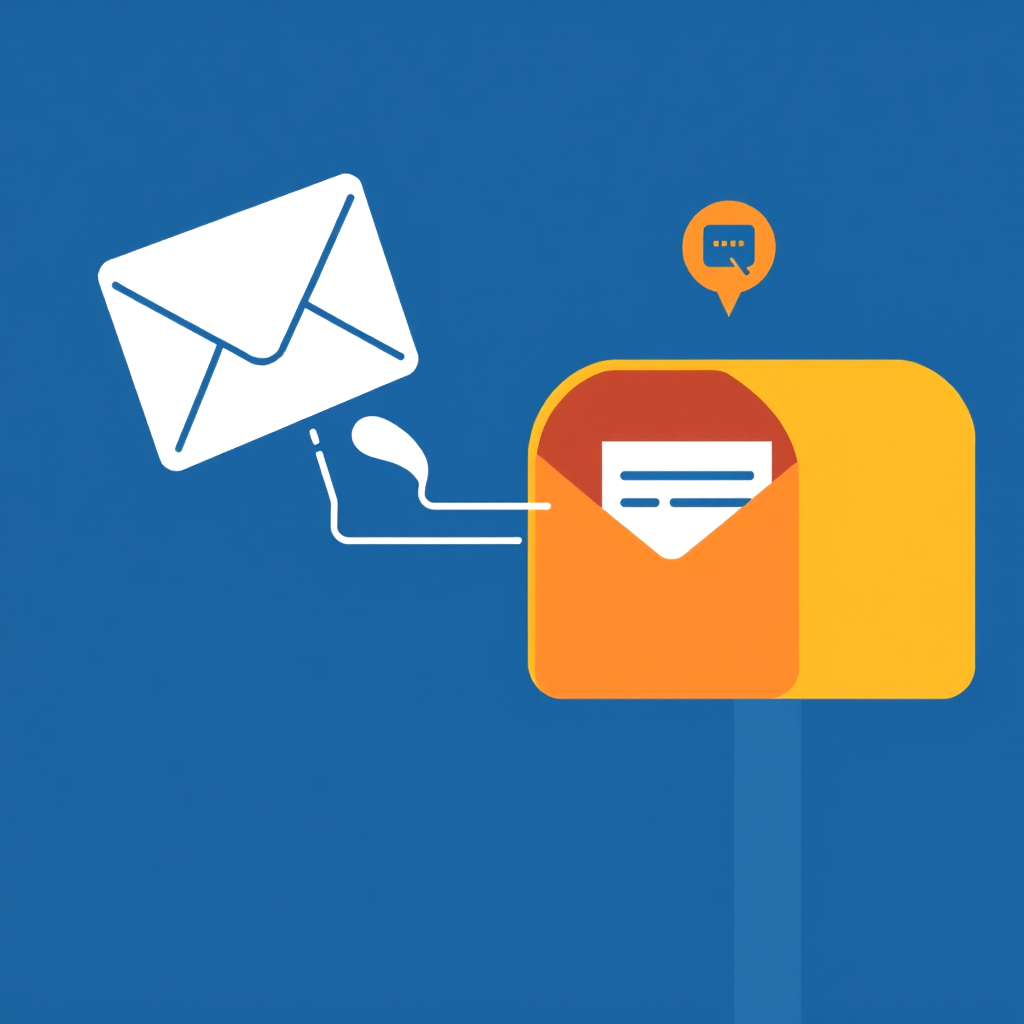A transactional mail relay is a service that allows organizations to send automated, individualized emails triggered by specific actions or events. Unlike bulk marketing emails, transactional emails are typically time-sensitive, one-to-one communications that provide important information to recipients. Here are the top 10 uses for transactional mail relays:
1. Order Confirmations
After a customer makes a purchase on an e-commerce website, an order confirmation email is typically sent. This email includes details such as the items purchased, order number, shipping address, and total amount paid. A transactional mail relay ensures these confirmations are sent instantly, reassuring the customer that their order has been processed.
2. Password Resets
One of the most common uses of transactional mail relays is for password reset requests. When users forget their passwords or need to change them, they can request an email with a secure link to reset it. The relay sends this email in real-time, making the password recovery process seamless and efficient.
3. Account Creation/Activation Emails
When users sign up for a new account on a website or app, they receive an account creation or activation email that may contain a verification link or activation code. Transactional mail relays ensure these emails are sent immediately so users can complete the signup process without delay.
4. Shipping and Delivery Notifications
For e-commerce businesses, shipping confirmation and delivery updates are crucial touchpoints. Transactional mail relays send automatic emails with tracking information and status updates on the delivery, keeping customers informed about the progress of their orders.
5. Invoice and Billing Emails
Billing statements, invoices, and payment confirmations are key examples of transactional emails sent via relays. Businesses can automate these communications to ensure timely delivery of important financial documents, reducing manual effort and ensuring accuracy.
6. Subscription Renewal Reminders
Subscription-based services use transactional mail relays to send renewal reminders to customers before their subscriptions expire. These emails help to reduce churn by prompting users to renew their services and often include links to update payment methods or plans.
7. Two-Factor Authentication (2FA)
Many companies use transactional mail relays to send two-factor authentication (2FA) emails. When users log in to an account from a new device or location, a 2FA email containing a code is sent to ensure the security of the account. This real-time functionality is essential for preventing unauthorized access.
8. Customer Support Tickets
Customer support platforms often generate ticket creation or status update emails when a user submits a query or issue. A transactional mail relay ensures that the user receives an immediate acknowledgment and any future updates as their issue progresses through the system.
9. Event Registration Confirmations
Whether it’s for a webinar, conference, or in-person event, event registration confirmations are typically sent via transactional mail relays. These emails include details such as the event schedule, location, or login information, as well as any further instructions attendees need to follow.
10. Legal and Regulatory Notices
Many businesses are required to send out legal notices or updates related to terms of service, privacy policies, or regulatory changes. A transactional mail relay can automatically distribute these notices to ensure compliance with legal obligations and keep customers informed of changes that affect their rights or obligations.
Conclusion
Transactional mail relays are essential for automating timely, reliable, and secure one-to-one communications in a wide range of business contexts. From password resets to shipping notifications, transactional mail relays ensure that critical information reaches recipients without delay, enhancing customer experience, security, and operational efficiency.
